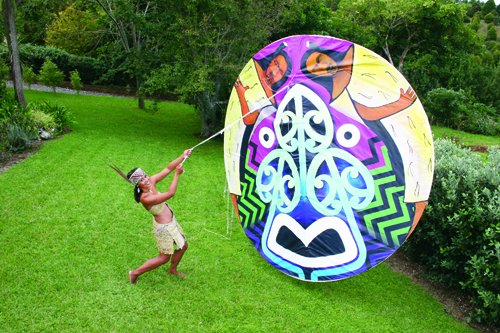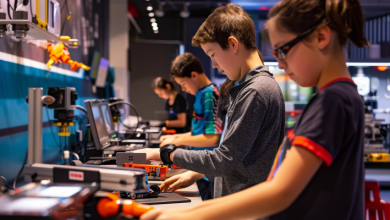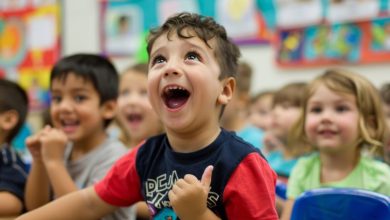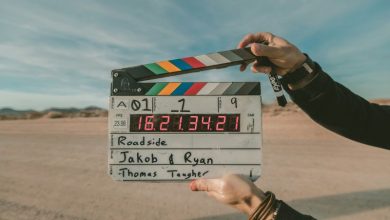Te Reo Resources: Nga taonga takaro


It is not just in the classroom that students can learn Te Reo Maori.
The resurgence of traditional Maori games on the sports field provides an additional opportunity for students to study the language.
As Cashman astutely comments, “Sport in Maori society was inseparable from ritual and daily life”.
In pre-European Maori societies game playing was regarded as a puna-whaka-tupu-tangata or a ‘spring which makes people increase’.
This term was applied because specialised sports;
• Improved health, skill acquisition and fitness.
• Promoted whanaungatanga (social relationships).
• Advanced an entire branch of games, called tamaahine, which were devoted entirely to match-making.
• focused on creating dynamic thinking and acting individuals through the process of harataunga, whereby ambidexterity and left/right brain cognition was fostered.
For example, games like ti-uru used a unique implement called a rakau-to-ure, which is a hand long section cut from a ti-kouka (cabbage tree) branch which, when dried, shrinks to form a hole through the centre.
Such games were devised to promote strengthening of the fingers, ambidexterity, fitness, power, lightning quick reactions and skilful catching with the head, neck, arms and legs. Spectators also sang and played music.
Another highly developed and vigorous sports development was whakahekeheke (surfing). Dr Ben Finney, an American anthropologist known for his expertise in the history and culture of surfing, reminds us that the sport was popular in pre-European times but disappeared as a physical activity after colonisation.
There were several forms of Maori surfing, including flat boards (kopapa) with which to stand upright, small manoeuvrable waka, kelp bags (poha) and body surfing. The sport promoted fitness, skill, self confidence and waterborne ingenuity.
Many ancient physical activities are being revived into mainstream education and so are many of the old philosophies which had fallen by the wayside.
For example, in kapa haka some of the carefully contrived modern norms are being replaced by those of yester-year. Timoti Karetu counters the assumption that women not be permitted to perform a full blooded haka because his historical recollections inform us that:
Horouta te waka – he haka te wahine!
Te Arawa te waka – he haka te wahine!
Mataatua te waka – he haka te wahine!
Because of such dialogue many haka troupes are once again promoting women as haka exponents.
A phenomenal traditional Maori ball game which is being revived all around NZ is called ki-o-rahi. This is a modern term which literally means ‘vigorous ball playing’.
Again, because Maori tribes were not homogenous there are broad historical figurations associated with the game. Ki-o-Rahi is also known as ‘the game of Rahi’ – Rahi-tutaka-hina being the progenitor of the sport.
Dr Hirini Melbourne said that birds (manu) would be called down with flute playing to consecrate the ancient fields of play, so that all involved with the ball games could receive their blessing. Hence the proverb, “E ko nei i te wao nui tapu o Ra-hi” (proclaiming the sanctuary of Ra-hi).
Ra-hi also means ‘to haul up the sun’ – a prosaic description of ball throwing. ‘Rahi’ also describes the range of distinctive movements enacted in ball playing.
That is the majesty of oral histories, they are treasured, kept close, nurtured and are released if and when the time feels right to the knowledge holder. Just as forests, the realm of Tane Mahuta, are blessed daily with the raucous cacophony of birds, so was their ‘attendance’ vital to the sustenance of ancient game playing competitions. The birds could also be seen as family guests, connected by whakapapa (genealogy) – with Tane being the father to birds and mankind.
The extension to this ritual was the continual flying of kites (manu) during sports meetings – variously called whakataetae, ko-tahitanga (ball games initiation rights), and hakari – all vigorously pursued during the two to three week mid-winter Matariki celebrations of Te Tau Hou (The Maori New Year). Kites were also seen as connectors to atua (gods).
The revival of ki-o-rahi has also seen the distinctive round kites called Tu-whara-ki-a-rahi once again grace our skies. Tu means to stand, whara is a term that denotes a kite which communes with atua (gods) and ki-a-rahi means ‘the ball of the ancestor Rahi’ – flying such a kite above a papakainga (village) would proclaim, ‘We here support the mana of ball games’. I am hopeful that this glossary of Maori words will be useful as a resource to enhance the facilitation of Maori movement concepts within the subject area of physical education and across the curriculum.
He ao te rangi ka uhia, he kai te whare wananga ka toroa. (The food of knowledge leads to extended sessions in the house of learning).
This article also touches on how Maori perceive the world, the dynamics they acknowledge within it and the values and beliefs, nga tikanga me nga ahuatanga a o tatou tipuna, which emanate from such physicality.
The ancient games were, and still are ecological, part of the unique Maori dimension which is Nga Taonga Takaro (traditional Maori games). I have found that traditional games can enhance education long term if there is support from management, traditional games facilitators are supported and there is a practical vision for sustainability. The games are always popular and easily applicable across the curriculum.
An initial intervention might start with the playing of a particular Maori game and, over time, a layering can be created whereby students learn more about the games they are playing, how to make the equipment and, if the interest is passionate enough, they can also learn the Maori terms of play and the companion songs and dances. In such a way Te Reo Maori can be utilised to help students critically understand the deeper meanings behind the words of play and to investigate their historical associations.








